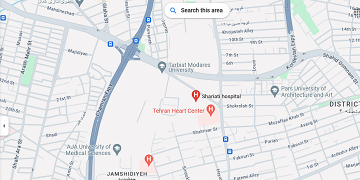Detection of interproximal recurrent caries on bitewing radiographs using artificial intelligence Based on Deep Learning
Necessity of Project Implementation
Secondary caries is a common concern for oral health, affecting individuals worldwide. Despite advances in preventive dentistry, the incidence of secondary caries remains high. The diagnosis of secondary caries, especially in interproximal regions, continues to be a clinical challenge. Bitewing radiography is routinely used in dentistry for caries detection; however, the accuracy of visual interpretation varies among dentists. This inconsistency may lead to missed diagnoses of many secondary caries or to overestimation, imposing unnecessary costs on patients. Early detection of secondary caries is essential to prevent further tooth decay and to ensure a favorable prognosis. In recent years, artificial intelligence (AI) has emerged as a promising tool for automating the analysis of medical images, providing potential solutions to improve diagnostic accuracy and efficiency. However, few studies have investigated the ability of AI to detect secondary caries. The latest published study in this field used the YOLOv5 model, which is six generations older than YOLOv11. Since YOLOv11 provides higher diagnostic accuracy, the present research aims to develop and validate one of the most advanced AI-based algorithms for detecting secondary interproximal caries in bitewing radiographs. The ultimate goal is to enhance early diagnosis and treatment planning in caries management, assisting dentists in making accurate decisions while avoiding both underdiagnosis and overdiagnosis.
Principal Investigator: Dr. Farzaneh Mosavat
Project Start Year: 2025




Send to friends